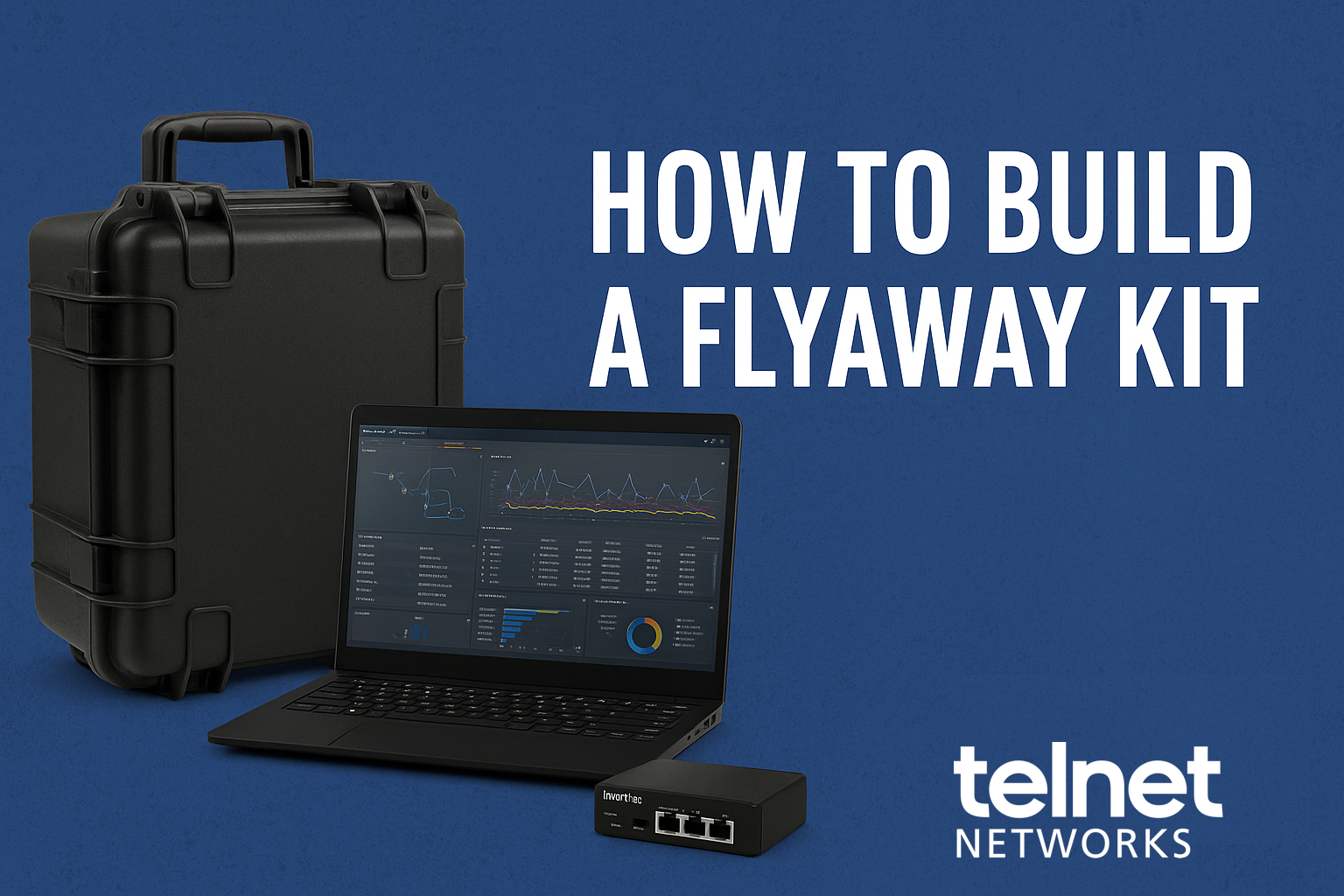See Virtual with the Clarity of Physical
The cost-saving shift to virtualization has challenged network teams to maintain accurate views. While application performance is often the first casualty when visibility is reduced, the right solution can match and in some cases even exceed the capabilities of traditional monitoring strategies.
Virtual Eyes
Network teams are the de facto “first responders” when application performance degrades. For this reason, it’s critical to maintain visibility into and around all virtual constructs for effective troubleshooting and optimal service delivery. Otherwise, much of the value of server virtualization and consolidation efforts may be offset by sub-par application performance.
Fundamentally, achieving comprehensive visibility of a virtualized server environment requires an understanding of the health of the underlying resources, including host, hypervisor, and virtual switch (vSwitch) along with perimeter client, and application traffic.
In addition, unique communication technologies like VXLAN, and Cisco FabricPath must be supported for full visibility into the traffic in these environments. Without this support, network analyzers cannot gain comprehensive views into virtual data center (VDC) traffic.
Step One: Get Status of Host and Virtualization Components
The host, hypervisor, and vSwitch are the foundation of the entire virtualization effort so their health is crucial. Polling technologies such as SNMP, WSD, and WMI can provide performance insight by interrogating the host and various virtualized elements. A fully-integrated performance management platform can not only provide these views, but also display relevant operating metrics in a single, user-friendly dashboard.
Metrics like CPU utilization, memory usage, and virtualized variables like individual VM instance status are examples of accessible data. Often, these parameters can point to the root cause of service issues that may otherwise manifest themselves indirectly.

For example, poor response time of an application hosted on a virtualized server may have nothing to do with the service or the network, but may instead be tied to excessively high CPU utilization. Without this monitoring perspective, troubleshooting will be more difficult and time consuming.
Next Steps
Virtualization and consolidation offers significant upside for today’s dynamic data center model and in achieving optimal IT business service delivery. However, monitoring visibility must be maintained so potential application degradation issues can be detected and resolved before impacting the end user.
To learn more about how your team can achieve the same visibility in virtualized environments as you do in physical environments, download the complete 3 Steps to Server Virtualization Visibility White Paper now.
Thanks to Viavi Solutions for the article.






